Five steps to spring clean your garden
Now is the best time to get outdoors and give your garden a good spring clean out!
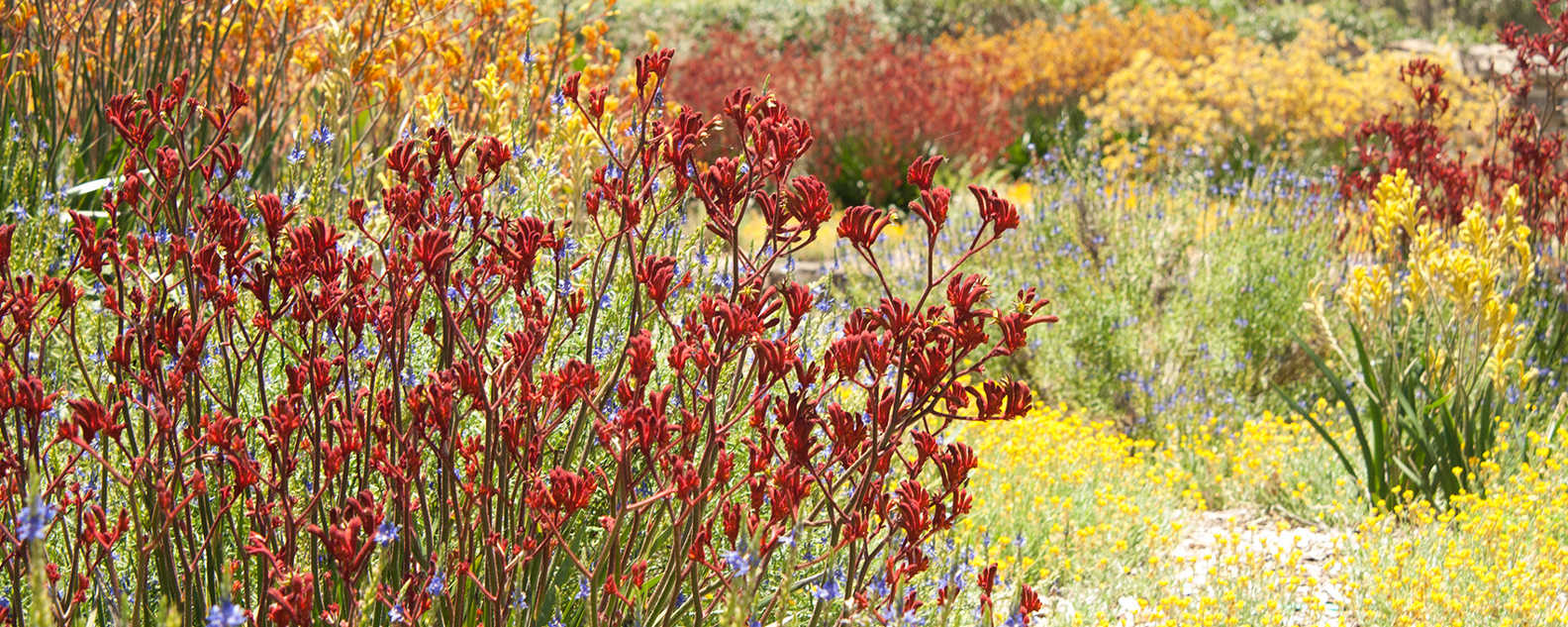
Clearing out the old mulch, weeding and preparing your garden for the new growth will get the best out of your plants during the warmer, drier months.
Here are my top five tips to giving your garden or balcony space the best konmari’d clean it’s ever had! Take your time and work through the steps at your own pace over a day or a few.
If you need some flower-power inspo head into one of our Botanic Gardens and experience our amazing spring displays now in bloom or check out this list of native plants that are popular with home gardeners.
Out with the old
Dead-heading, de-wooding, removing old diseased foliage, raking up old leaves and sticks, and removing old debris is the best place to start your spring clean. Dead material in the garden not only looks bad but it can harbor unwanted disease or fungus that can harm your next seasonal plants.
A good tip to remember is when working on your garden try do it when it has dried out a bit as walking on soil when it is wet can cause soil compaction that will impact on your new plants trying to grow.
This is a good time to clean your borders and edges, trim your hedges and give your lawn a good mow (read our tips for the perfect lawn here).
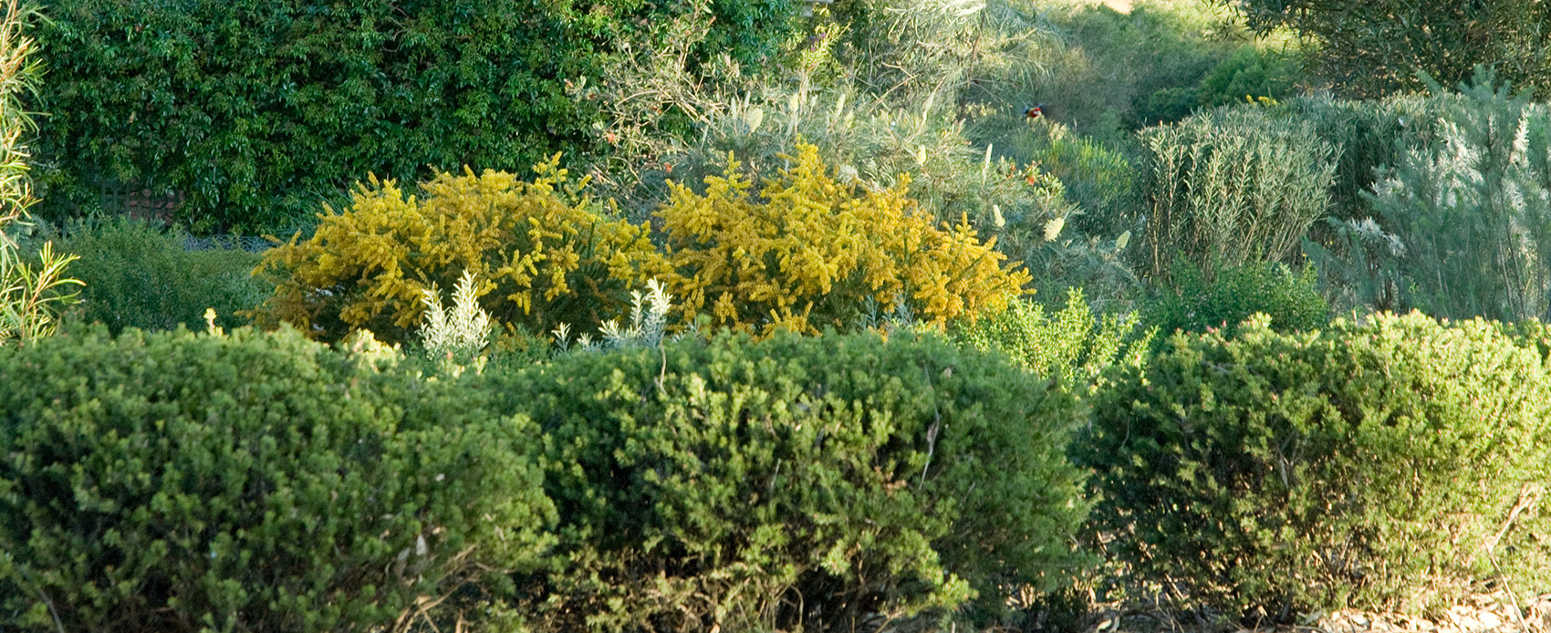
In with the new
Depending on where you live, now is the best time to plant your late spring and summer colour.
The best things to plant in the veggie patch are beetroot, capsicum, choko, cucumber, dwarf beans, eggplants, Jerusalem artichoke, lettuce, okra, pumpkin, radish, spinach, spring onions, squash, sweet corn, sweet potato, strawberry, tomato, watermelon and zucchini. If you’re new to gardening check out our home gardening how-tos.
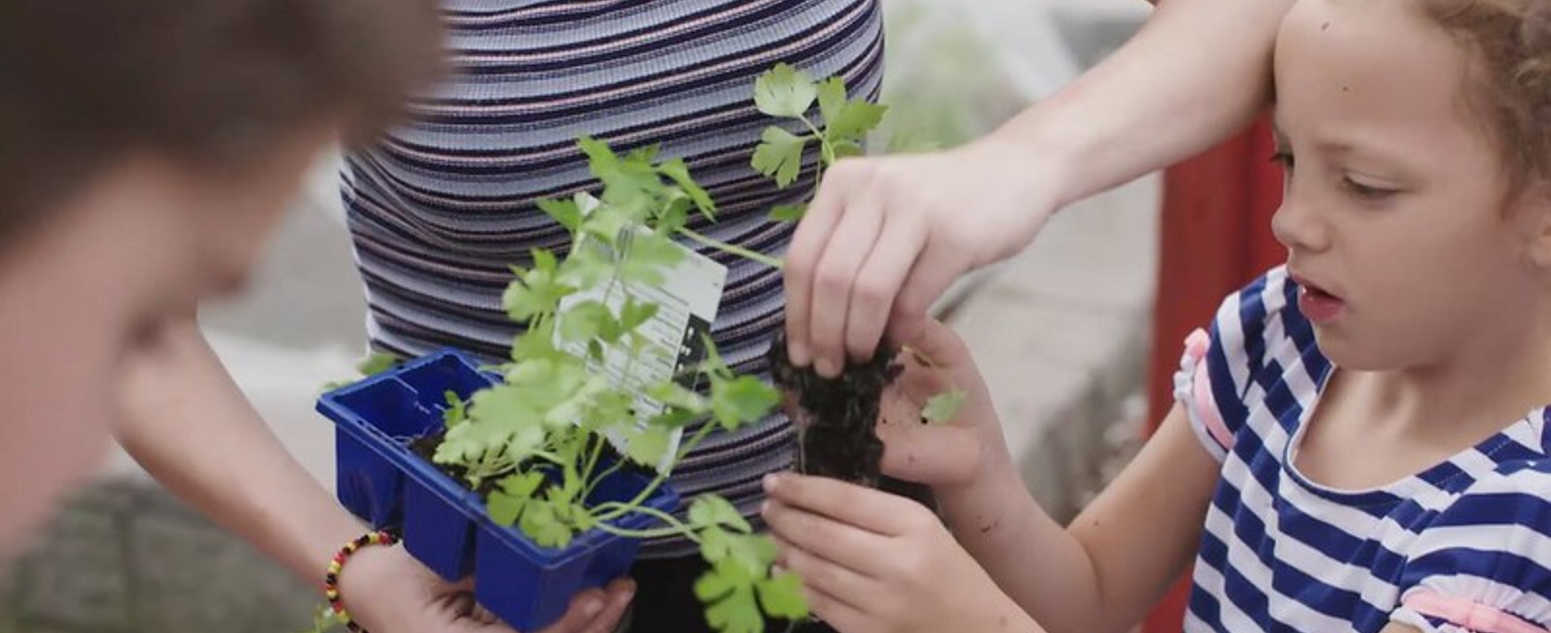
For trees, shrubs and climbers you can plant some tropicals such as avocado, bougainvillea, citrus, frangipani, ginger, hibiscus, mulberry, paw paw, passionfruit, plumbago, pomegranate and tamarillo. Of course, it’s always a good time to create some local habitat with native plants.
And for my favourite bit – colour! For the best annuals and perennials for your flower garden plant look at Alyssum, Amaranthus, Begonia, Cockscomb, Dahlia, Gerbera, Marigold, Nasturtium, Petunia, Portulaca, Verbena and Zinnia.
Want to make your neighbours jealous of your garden colour, check out the Royal Botanic Garden Sydney's top 40 tried and tested plants we personally put to the test here. It is a great time to plant flowering perennials as well. Our Growing Friends Nursery at the Royal Botanic Garden Sydney also has a great range of native, exotic, rare, hard-to-find and endangered plants for sale.
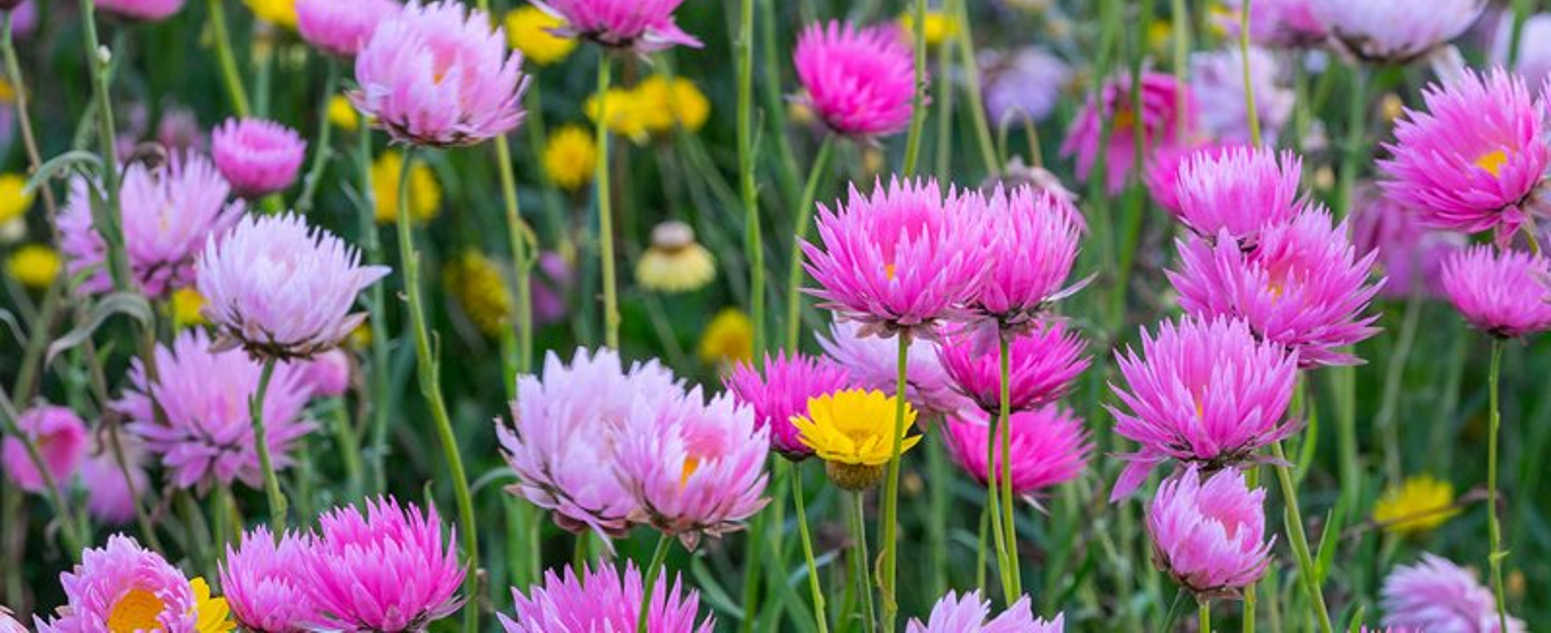
This is a great time to also transplant plants. Think of your trees and shrubs as the walls and floors of your garden, but your perennials are like your furniture – easy to move around! If they aren’t performing somewhere change it up and see if they will flourish in another location.
After planting make sure to add in your new mulch, and don’t forget your trees and shrubs, as it will help conserve moisture once the hot weather arrives.
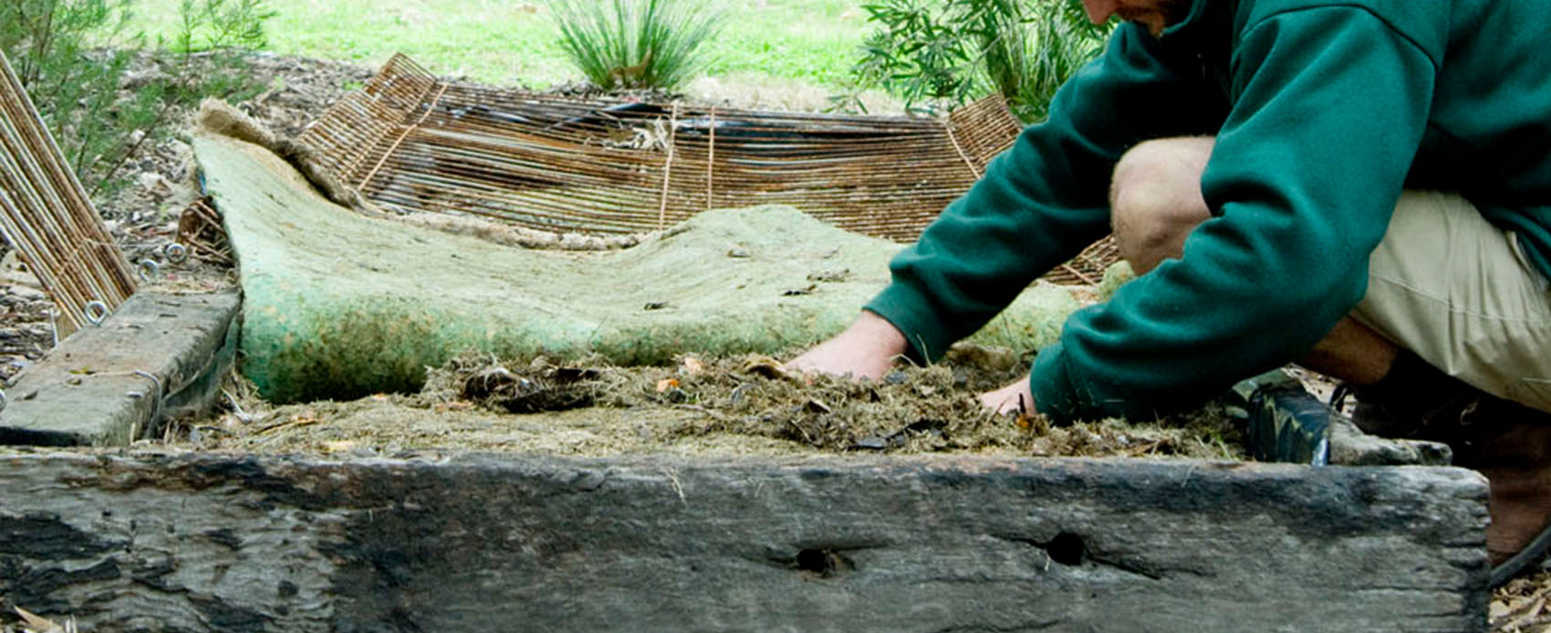
Prune the perennials
Spring pruning encourages new growth and helps to prevent diseases. Things to prune now include fruit trees before they bud out, cut back your herbaceous perennials to the ground or to start of new growth to keep them compact and bushy.
But don’t prune your spring-flowering shrubs such as forsythia, wisteria, spiraea and viburnmums until they finish flowering.
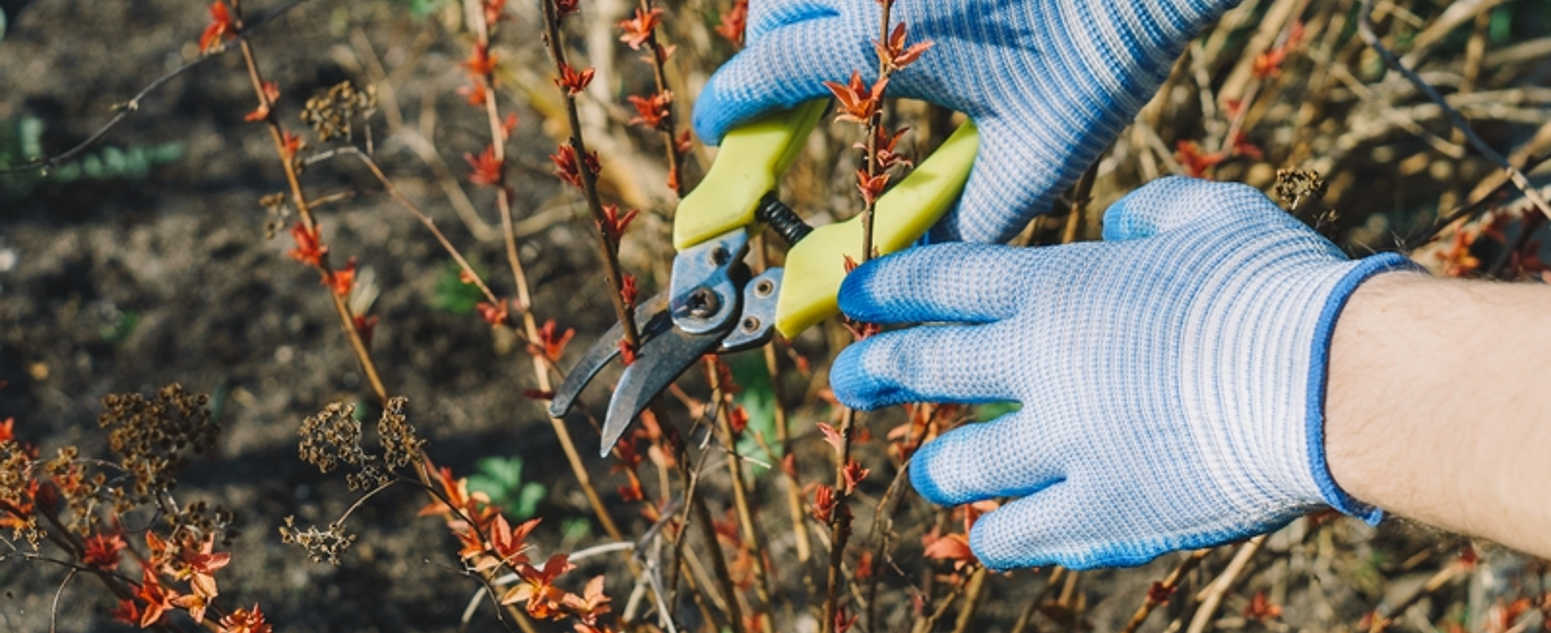
Repot and replenish
Now is the time to move those plants that need more room into bigger pots. If your potted plants are drying out too quick or blow over easily it is a sure sign it is time to repot. When you remove the plant from the pot, make sure to tease out the roots or give them a light trim if they look like a solid mass of roots.
Most indoor plants don’t grow much during the winter, so show them a bit of love also by replenishing them with plant food, like a good slow-release organic fertiliser, to give them a little boost throughout the warmer months.
If your pots need a clean you can scrub them with baking soda, water and a stiff brush, and rinse them thoroughly to make them shine like new!
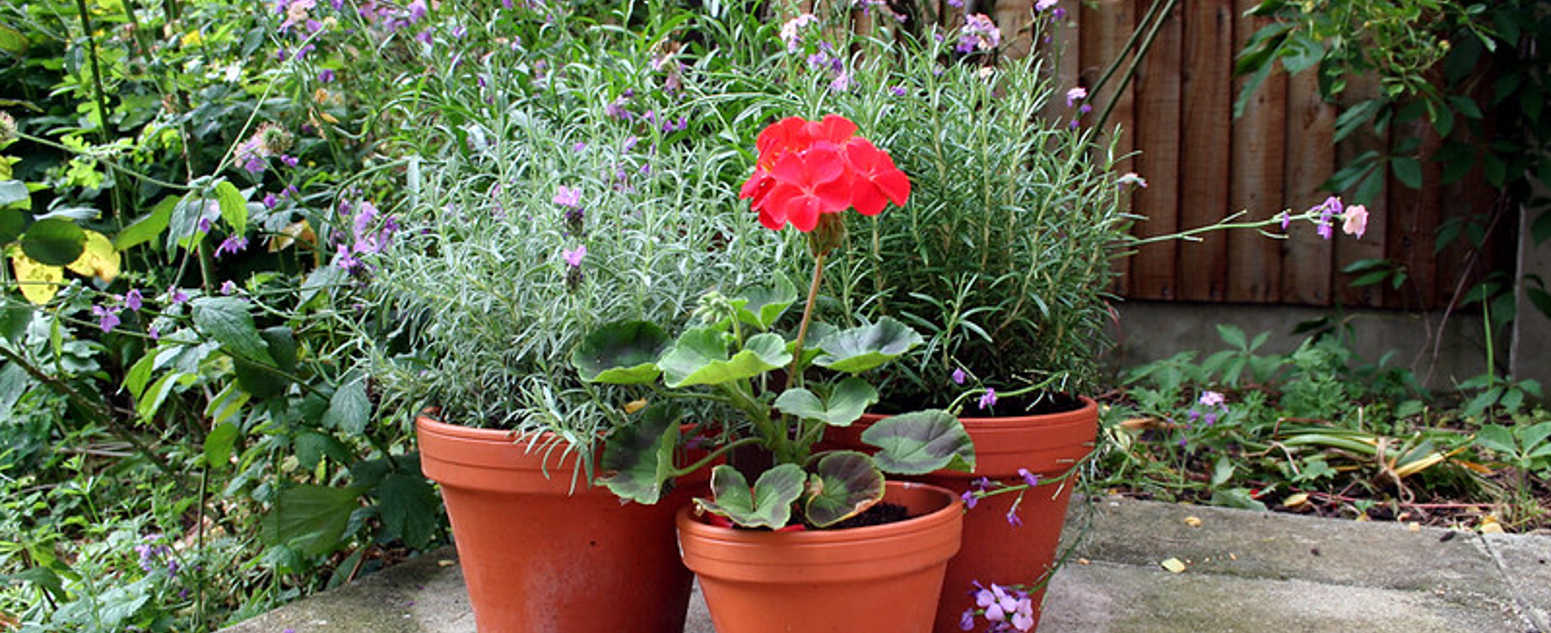
Be water smart
As it starts to become warmer it’s a good time to think about how you can best prepare them for the coming hot weather. Keeping up with watering after planting in a new garden to support their growth time is important. New South Wales has water restrictons in place so check what the guidelines are for your area when watering gardens and lawns.
You can also consider installing a drip irrigation system or soaker hoses as they deliver water to plants more efficiently than overhead sprinklers. They are easy to install and usually only take a weekend to have up and running.
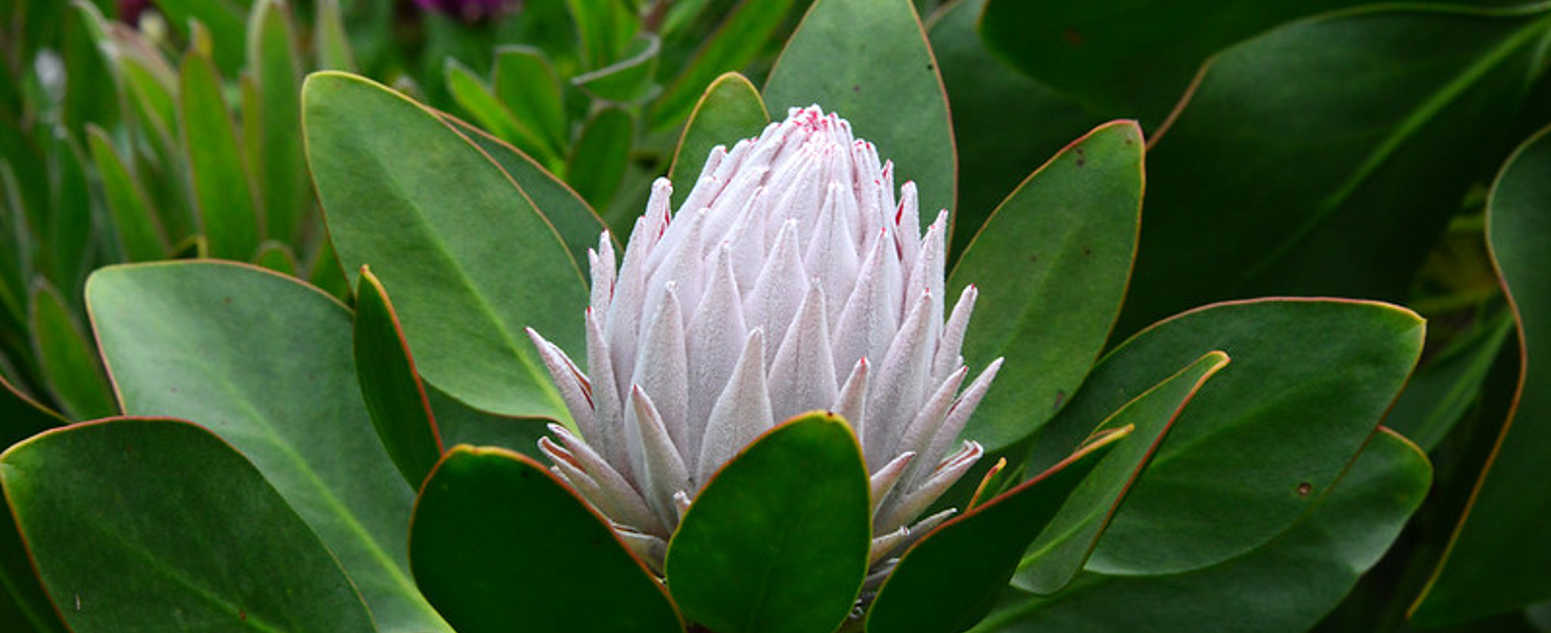
And last but not least, remember to take your time, have fun and enjoy being at one with nature and your garden. Spring is truly a magical time and your garden will reap the rewards of your efforts spent nurturing it.
Discover more
If your garden has more space after a spring clean why not create a bush tucker garden.
Related stories
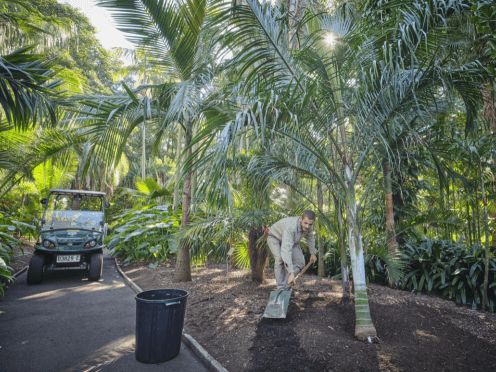
Botanic gardens across Australia and New Zealand are gearing up for Botanic Gardens Week running from 19 – 25 May.
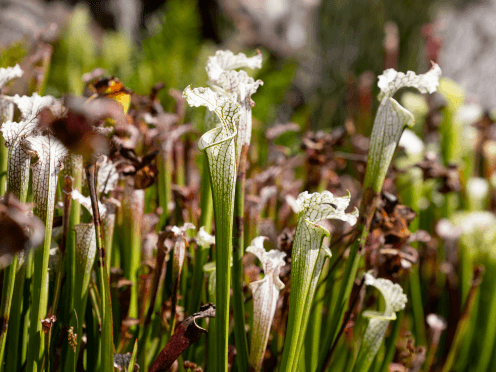
Three carnivorous plants to care for during the cooler seasons.

Three carnivorous plants to care for during the cooler seasons.